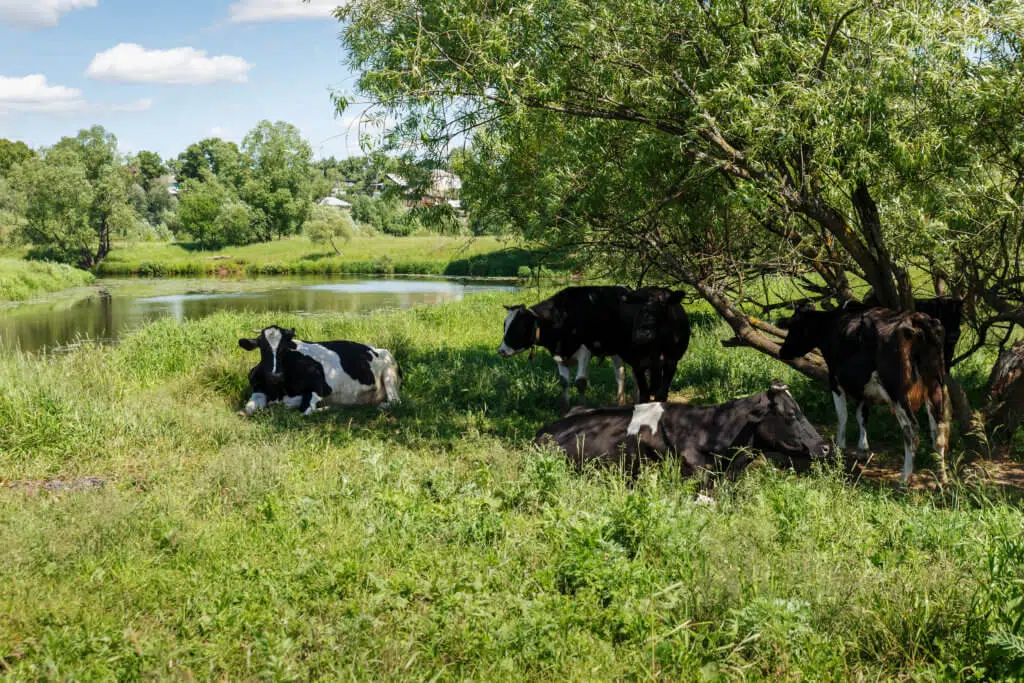It is easy to be on top of the things we see every day, but the things that aren’t written on a list or marked with a Post-It easily slip our mind. Unfortunately, trace minerals and vitamins are pretty much out of sight and out of mind until they force their way to the top of the list. Are we on the right track with our mineral supplementation or are we overdoing it?
Overfeeding?
The mineral and vitamin component of a ration is called a premix, and while it is one of the smallest contributors to a ration, it is often the first place where costs are cut when times get tight. Some producers are even of the view that dairy cows get all they need from their feed and water, and by feeding extra in the feed we are wasting money and oversupplying cows with minerals.
This may be true of the dairy cow of a few decades ago, but today’s dairy cow produces much more milk with fewer resources. Genetics have improved a great deal over the years, combined with ever-changing farming environments, with the result that the mineral requirements of today’s dairy cows are much higher than we might expect.
Check the blind spots
The view that we should not be feeding cows high levels of minerals is subject to a few blind spots. One major blind spot is that we overlook the fact that our dairy cows work hard. The more strain on a cow’s system, the greater her needs, especially for minerals and vitamins. Some might say, “… but cows on pasture are not stressed”. Pasture-based dairy cows might not be producing as much milk as confined cows on a total mixed ration (TMR); however, they are more exposed and at the mercy of the environment and the system in which they produce.
Pasture-based cows often walk long distances to be able to utilise the full grazing platform, which increases the stress on their system and increases wear and tear on their hooves. In TMR systems, we can control the environment to a large extent. For example, when it’s hot, we wet the cows and cool them down with fans. In a pasture-based system, the best we can do is provide shade, which does not even cover the cows for most of the day. Heat stress and the consequences thereof are a very real threat to pasture-based dairy cows.

All the stressors that we cannot manage as effectively as in a TMR system, increase the mineral and vitamin requirements of cows, as the immune system is challenged by the resulting inflammation. By ensuring that we meet these increased demands on the cow’s system, we can help her maintain her health and, possibly, even give her a chance of coming through the stressors in a better state.
The last, and likely most overlooked, blind spot is the possibility that there will always be environmental antagonists preventing or competing for uptake of one or multiple minerals in the feed. If ignored, these antagonists will start to manifest as poor reproduction and production performance and, should the situation continue for long, they can develop into full-blown deficiency syndromes.
Trace minerals and vitamins are pretty much out of sight and out of mind until they force their way to the top of the list.
Prevention is better than cure
Finally, the forgotten part of the ration emerges at the top of your list, where it will take a lot longer to correct than if you had kept your eye on it throughout. Just as if we do not drink enough water on a hot day we could end up with a blinding headache, the mineral and vitamin portion of a dairy ration is also essential for optimum herd health and performance.
Technical adviser: Ruminants











Great article, Liz!
Thanks Sarah!